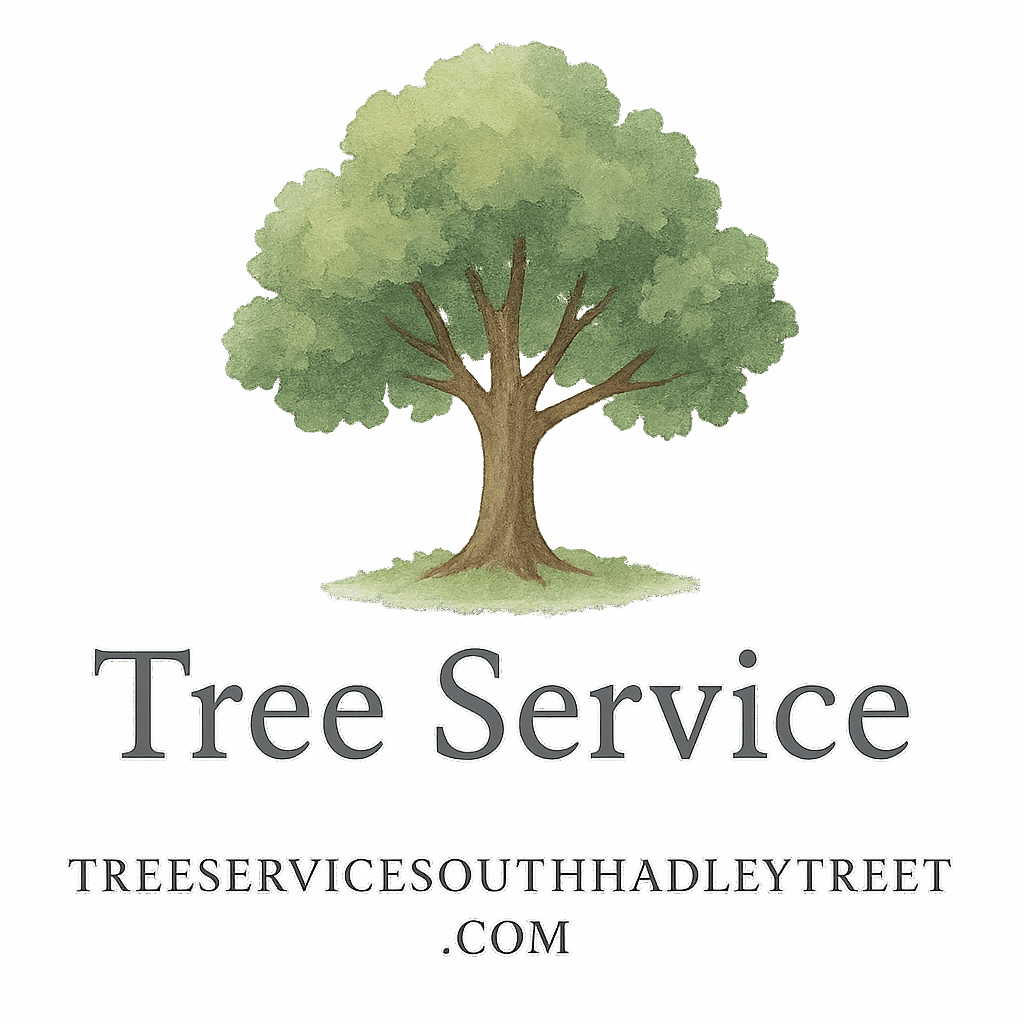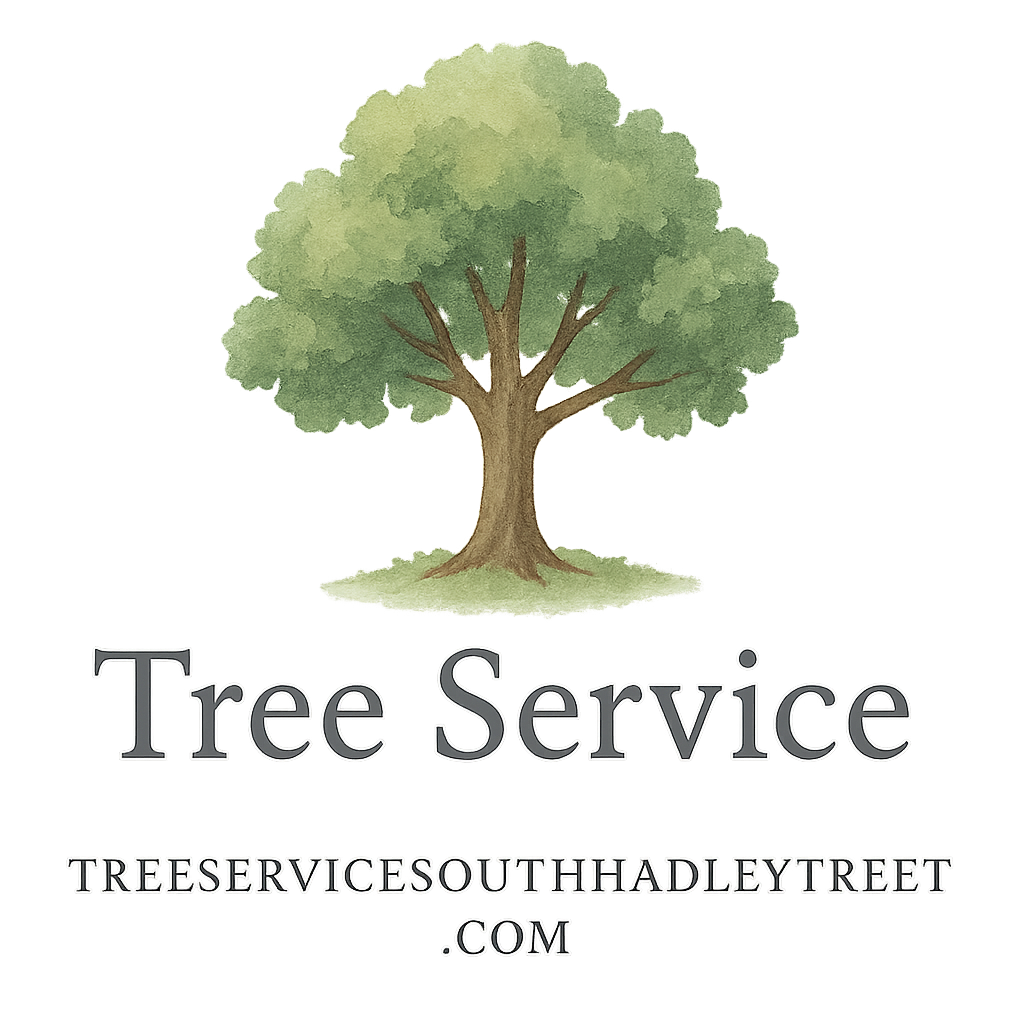Let’s face it—most of us don’t spend our weekends studying trees. But when a tree in your yard starts acting a little “off,” it’s hard not to notice. Maybe its leaves are wilting or its bark is peeling. Is it just nature doing its thing, or is that tree silently crying for help?
Knowing the signs of a dying or diseased tree can save your property from costly damage—and potentially even save lives. In this guide, we’ll break down the top 9 warning signs and what to do if you spot them. 🌳
Why Recognizing Tree Disease Early Matters
Just like with people, catching a health problem early in trees can mean the difference between recovery and removal. Unhealthy trees aren’t just unattractive—they’re hazards. Falling limbs, unstable trunks, and contagious diseases can wreak havoc on your landscape.
Check out the Tree Health & Safety Guide for more insight into why early intervention is critical.
1. Leaf Discoloration or Wilting
Ever seen leaves turning yellow or brown in the middle of spring? That’s not normal.
Seasonal vs. Unnatural Changes
Sure, autumn comes with glorious leaf color, but wilting or off-season discoloration is a classic red flag. Common causes include:
- Root rot
- Fungal infections
- Drought stress
- Pest invasion
Don’t brush it off as “just the weather.”
What to Do About It
Use this as a prompt for a full tree inspection. Better yet, learn the basics of tree service so you can better assess what’s natural and what’s not.
2. Cracks or Splits in the Trunk
Imagine if your spine cracked in half. That’s basically what’s happening to your tree.
Structural Danger Signs
Large vertical splits or cracks in the trunk can mean the tree is no longer structurally sound—especially if they’re deep or oozing sap.
Related Maintenance Needs
You might need more than a band-aid. A certified arborist can evaluate whether it’s time for tree removal or trimming or just structural bracing.
Explore the removal tag for more telltale signs.
3. Mushrooms Growing at the Base
They may look whimsical, but mushrooms are more foe than friend here.
The Fungal Connection
Fungi at the base or roots usually indicate internal decay. If you see:
- Shelf-like mushrooms
- Soft, spongy bark near the roots
- A musty odor
…it’s time to act fast. This isn’t just cosmetic; it’s structural rot from the inside out.
This falls under disease indicators, and you’ll find it’s more common in trees with poor soil drainage.

4. Sudden Branch Drop or Deadwood
Ever walk under a tree and find a giant branch just lying there like it gave up on life?
Is It Just Pruning Season or Something More?
Random falling limbs, especially when the weather is calm, are signs of a dying tree. Deadwood can also become an entry point for bugs and bacteria.
Check out this emergency seasonal tree service guide to stay ahead of sudden tree failure.
5. Sparse or No Leaf Growth in Season
A healthy tree should be brimming with leaves in the growing season.
Compare with Nearby Trees
If one tree is lagging behind its leafy neighbors, it’s often due to:
- Root damage
- Disease
- Internal decay
A tree without leaves in summer is like a fireplace with no flame—something’s clearly wrong. Check out tree service costs and hiring pros if you need help diagnosing it.
6. Peeling Bark or Missing Bark Patches
Bark is a Tree’s Armor
When bark starts to fall off in big chunks or looks brittle and dry, it’s often a cry for help. Think of bark as a protective shield. When it’s missing or peeling, that tree is exposed to pests and moisture damage.
This is also a classic sign of tree stress.
7. Unusual Insect Activity
Some bugs are fine. But if your tree looks like a bug buffet, something’s wrong.
Disease Carriers or Nature’s Cleanup Crew?
Termites, borers, and aphids often show up after a tree is weakened. Their presence can be both a sign and a cause of disease. Not sure what you’re looking at? Explore our pest prevention and tree health tips.
8. Leaning Tree or Root Damage
You notice your tree is slowly tipping over. Should you worry? Absolutely.
Ground Shifts, Root Rot & Storm Impact
Leaning trees can be caused by:
- Saturated soil
- Weak or broken roots
- Wind or storm damage
This isn’t just a cosmetic issue—it’s a storm damage hazard. Read more on our emergency services.
9. Cankers and Galls on Branches
These look like weird growths or blisters. And they’re just as nasty as they sound.
Bumps, Blisters, and What They Mean
Cankers are dead sections of bark, while galls are abnormal growths. Both indicate the tree is fighting an infection or disease. Explore tree diseases to get familiar with what you’re seeing.
When to Call the Pros
Sometimes, Googling symptoms just isn’t enough.
Tree Inspection & Risk Assessment
If you’re unsure whether your tree is salvageable or dangerous, schedule a consultation. Browse our tree service checklist to prep for your call.
Emergency and Seasonal Tree Service
Time-sensitive issues? Whether it’s a storm aftermath or a summer fungus outbreak, check out seasonal services.
How to Prevent Tree Disease
An ounce of prevention really is worth a pound of cure.
Healthy Tree Maintenance Tips
- Mulch wisely
- Water regularly
- Prune annually
- Use proper fertilizers
Check out our advice on tree maintenance and long-term tree health planning.
Hiring Tree Service Professionals
Don’t DIY something that could fall on your house. Check out the pros at Tree Service South Hadley TNT ETS and browse our hiring tips and questions to ask before choosing your tree service partner.
Conclusion
Trees are quiet, but they’re not silent. They show us signs when they’re in trouble—you just have to know what to look for. If you’ve noticed any of these 9 warning signs, don’t wait. Early detection can be the key to saving your tree—or at least preventing disaster.
Need help? Request a quote, ask a tree health question, or reach out to the tree service experts.
FAQs
1. What are the most common signs of a tree disease?
Leaf discoloration, deadwood, bark loss, fungal growth, and insect activity are top indicators.
2. Is it safe to leave a leaning tree alone?
No. A leaning tree can collapse, especially after heavy rain or wind. Get it checked ASAP.
3. Can I treat tree diseases myself?
Minor issues, maybe. But for fungal or structural problems, it’s best to call professionals.
4. How much does it cost to inspect a tree?
Tree inspection costs vary. Check out our pricing guide.
5. What if only one branch is dying?
It might just need pruning—or it could be a symptom of a larger issue. Monitor it closely.
6. How often should I check my trees for signs of disease?
Seasonally is best—especially after storms or dry spells.
7. Can one diseased tree infect others nearby?
Yes, especially with contagious fungi or pests. That’s why early removal or treatment matters.


